Lighting the path to energy equity
The global energy scenario is transforming. Clean energy is no longer an experimental field.
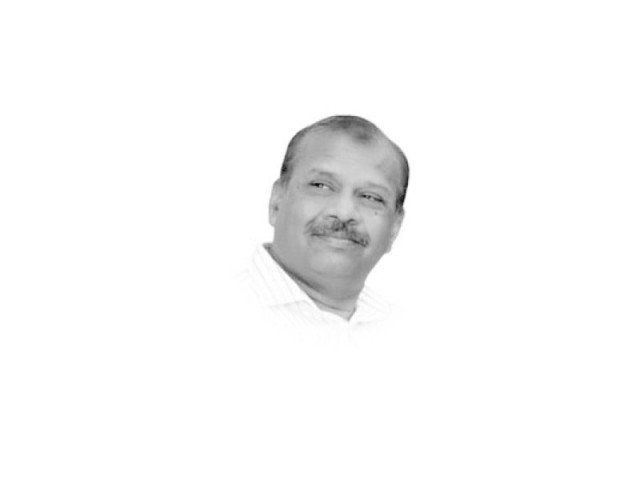
Every semester, I return to a familiar question while addressing my students: What will power the world when fossil fuels are no longer available? It is a question that moves beyond classroom curiosity. For students in physics, it represents a challenge they will be called upon to answer in real life.
From our laboratories to the underserved communities on the fringes of our cities, the urgency for clean and dependable energy is not abstract. It is immediate and deeply felt. In Pakistan, we are caught between rising demand for electricity and increasing instability in supply. The limitations of conventional fuel sources and the environmental damage they cause are now impossible to ignore. The time to act has already arrived.
The global energy scenario is transforming. Clean energy is no longer an experimental field. In fact it is central to sustainable development. The pressure to shift away from fossil fuels is driven by rising fuel costs, the threats of climate change, and the desperate need to bring electricity to billions who still live without it. For developing countries like ours, the situation is even more critical. We must innovate or remain locked in cycles of shortage and pollution.
In both my teaching and my research at the University of Karachi, I see the transition to renewables not as a distant policy matter but as a deeply practical and scientific challenge. Students are no longer simply learning the basic laws of thermodynamics or electromagnetism, they are applying these principles to design the next generation of energy solutions.
One of the most promising developments in recent years is the rise of what are called Hybrid Renewable Energy Systems. These systems combine more than one energy source (such as solar, wind and biomass) along with energy storage methods like batteries. The goal is to provide a stable and uninterrupted power supply, even when the weather or environmental conditions fluctuate.
These systems are ideal for areas where the power grid does not reach or is unreliable. In such settings, a hybrid system can act as a standalone solution, with solar panels providing energy during the day, wind turbines contributing during breezy hours, and batteries storing excess energy for use at night or during cloudy days. The results can be transformative. Homes lit, clinics powered, crops irrigated, and schools enabled to function with basic electronic tools.
However, building such systems is not simple. They must be carefully designed to match the local energy needs and environmental conditions. A system that is too large can waste resources, while one that is too small will fail to deliver adequate energy. Optimisation is the key. In our department, students and researchers are using computer models, artificial intelligence and advanced control methods to finetune these systems for real world use.
Technology alone is not enough. Public policy, investment and education all play crucial roles. Countries that have succeeded in clean energy adoption did so not just by building turbines and panels but by fostering a culture of research, removing administrative barriers, and supporting early stage projects. Pakistan needs a strong roadmap for renewable energy that encourages local innovation and international cooperation.
The road ahead is long, but there is cause for hope. In the enthusiasm of students, in the quiet determination of researchers, and in the small but growing examples of clean energy projects in our country, we can see the beginnings of change. Every time a student in my class asks how energy from the sun becomes electricity, I am reminded that knowledge is the seed of transformation.
The journey to a sustainable energy future will require many steps. It demands engineers, scientists, educators, policymakers and citizens to work together with resolve. It begins not with massive installations or sweeping declarations, but with thoughtful questions, careful experiments and a commitment to building a better tomorrow — one clean watt at a time.





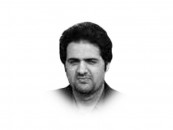
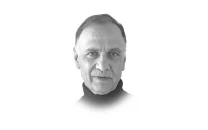



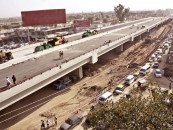



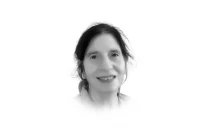
COMMENTS
Comments are moderated and generally will be posted if they are on-topic and not abusive.
For more information, please see our Comments FAQ